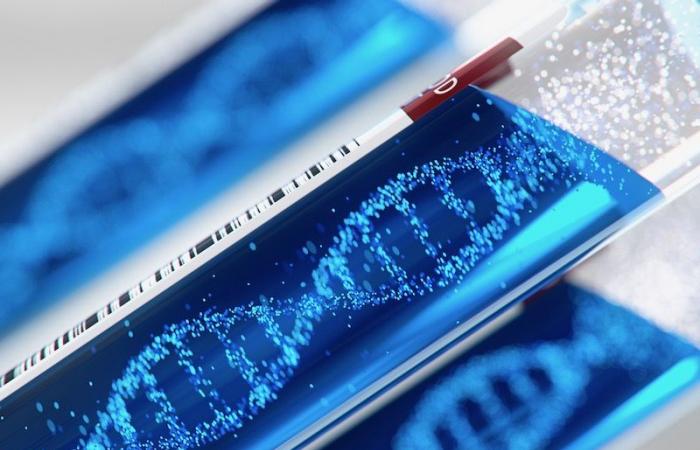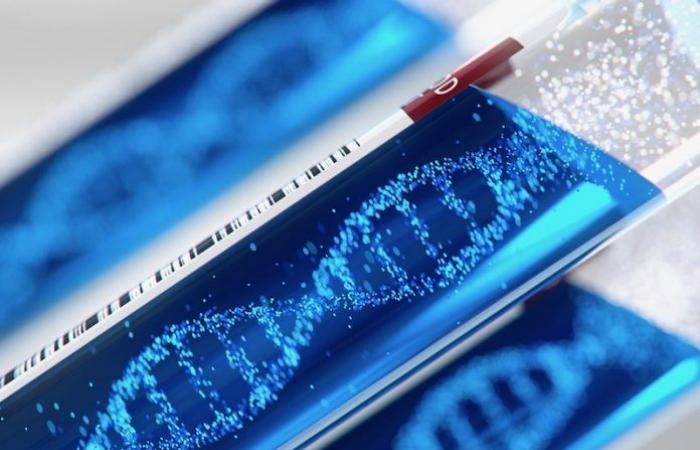Researchers at Stanford University have developed a CRISPR-based “Lab on a Chip” for the detection of COVID-19 and are working with automakers at Ford to develop their prototype into a marketable product.
This could deliver an automated handheld device designed to deliver a coronavirus test result anywhere within 30 minutes.
In a study published this week in the Proceedings of the National Academy of Sciences, the test found active infections quickly and cheaply. Electric fields were used to purify fluids from a nasal swab sample and to force DNA cutting reagents into the tiny passages of the system.
“The Microlab is a microfluidic chip that is half the size of a credit card and contains a complex network of channels that are smaller than the width of a human hair,” said the study’s lead author, Juan Santiago, professor of mechanical engineering at the Charles Lee Powell Foundation at Stanford.
Using the CRISPR enzyme Cas12, a sibling of the famous CRISPR-Cas9, the test triggers a fluorescent molecular probe that lights up samples when genetic material from the coronavirus is found.
RELATED: The Stanford Team Uses CRISPR Gene Editing To Combat COVID-19
“Nor does it rely on antibodies like many tests, which only show whether someone had the disease and not whether they are currently infected and therefore contagious,” said PhD student Ashwin Ramachandran, the study’s lead author.
The researchers said the approach of the test could also be changed to detect the signs of other infections by recalibrating the CRISPR enzyme for a different genetic marker.
“If we want to look for another disease, we just design the appropriate nucleic acid sequence on a computer and email it to a commercial synthetic RNA manufacturer,” said Ramachandran. “You send a vial with the molecule fully reconfigured to reconfigure our test for a new disease. ”
These were the details of the news Stanford is developing the CRISPR laboratory on a chip for the... for this day. We hope that we have succeeded by giving you the full details and information. To follow all our news, you can subscribe to the alerts system or to one of our different systems to provide you with all that is new.
It is also worth noting that the original news has been published and is available at de24.news and the editorial team at AlKhaleej Today has confirmed it and it has been modified, and it may have been completely transferred or quoted from it and you can read and follow this news from its main source.


